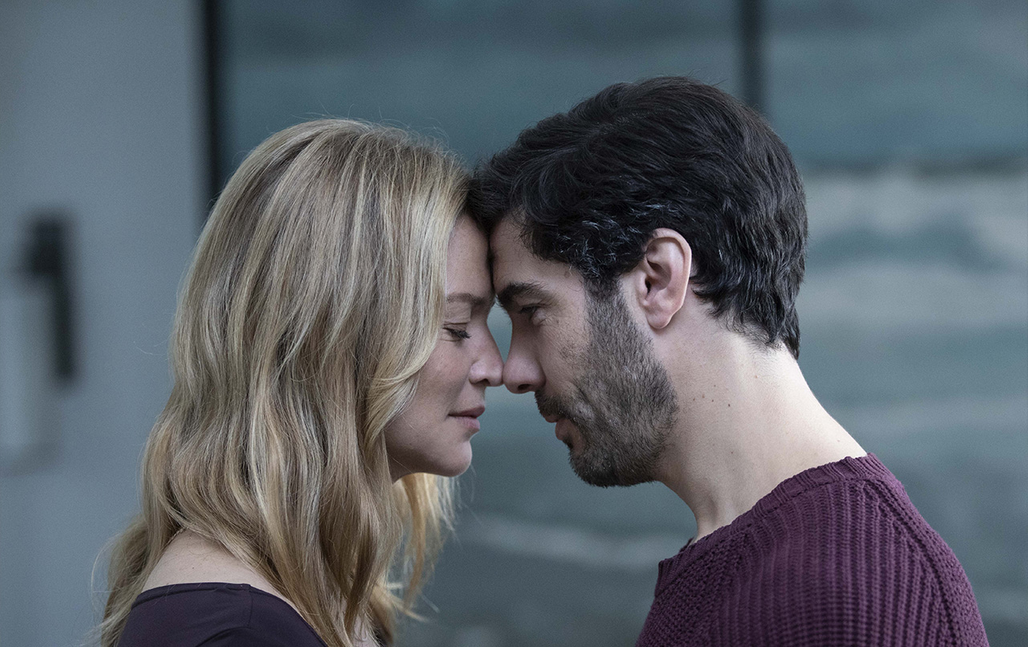
Serge Bozon’s reverse-Don Juan

Abandonned, helpless and strangely sincere: Serge Bozon wrong-foots the eternal seducer in his sixth feature film, Don Juan. This post-"MeToo" musical, featuring singing and dancing by Tahar Rahim and Virginie Efira, examines the loss of trust in a marriage.
What was the starting point for Don Juan ?
The idea was to make a post-"Me Too" film about a bit of a burning issue. I tried to think of the supreme example of the male character who constantly abuses, deceives and betrays women. There was no more clearly-defined character than Don Juan. I wanted to make a sort of reverse-Don Juan film. Rather than being all-conquering, cynical and manipulative, he is abandoned, helpless and strangely sincere.
It's the first time you've filmed a love story…
I had the urge to do a 180° turn and make quite a romantic film which portrayed a couple in a heart-rending, dream-like way.
You've created a Don Juan obsessed with just one woman…
We gradually realised that we had to plumb the depths of something dark and disillusioned, focussing more on abandonment than on conquest. The music in the film digs deep into the characters' lonely, painful feelings.
What doors did this Don Juan re-boot allow you to open?
I wanted to give a role to a man that you would normally give to a woman. It allowed me to try something with Tahar Rahim that he had never experienced: to explore a more romantic side, a long way from the guy from the hood or the small-time thug.
Why did you make a film with singing and dancing ?
Rather than making them say "I love you" or kissing, I preferred to work with hints of caresses through dance. It made that stage – of a couple who are in the process of coming together, which is often the most moving point – last longer. Song and dance allowed me to prolong those transitions, which in real life often go too quickly, and in films are often what moves us and sweeps us away the most.
“Tahar brought a kind of despairing, naive innocence. Otherwise, his character could have seemed quite self-important, narrow-minded and obsessive.”
What were your guidelines for directing the film ?
For the dance sections, we worked very hard on everyday gestures from normal life to show them in a different way. We worked on the lighting of every frame and tried to ensure that each shot took on a resonance which had a kind of surface simplicity.
How did Tahar Rahim and Virginie Efira prepare for their roles?
Tahar Rahim took more than fifty hours of singing lessons. For Virginie it was sometimes tough to have to sing and play the piano in scenes where she was also meant to be portraying a particular emotion.
What did they bring to their characters?
Tahar brought a kind of despairing, naive innocence. Otherwise his character could have seemed quite self-important, narrow-minded and obsessive. Virginie has a slightly gentler style of acting, with a certain understated reserve which she doesn't always have in other films.
Can you say something about Alain Chamfort ?
That was one of the film's very nice surprises, because it was a gamble for him. He plays quite a slight man: almost spectral, in the style of Christopher Walken. Very gradually, you notice that Monsieur Chamfort steals the final third of the film from under everyone's nose. He carries it off!


